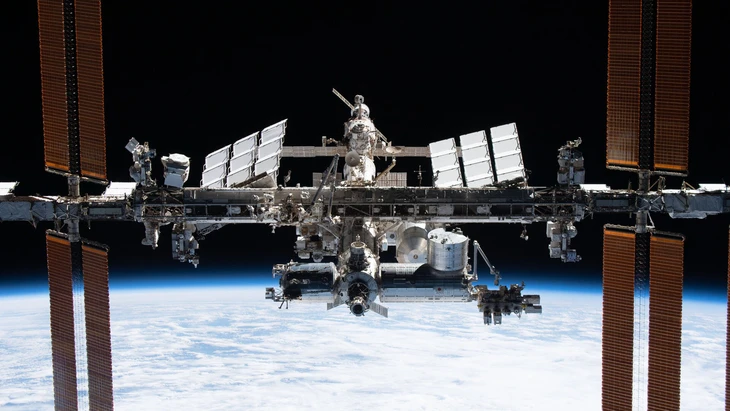
Since November 2000, the International Space Station (ISS) has maintained a human presence in Earth orbit 24/7, without interruption, and always has at least one American astronaut working on it. This record streak is about to reach the 25-year mark - Photo: NASA
In the history of spaceflight, the International Space Station (ISS) is one of humanity’s greatest achievements, a testament to unprecedented cooperation between the United States, Europe, Canada, Japan, and Russia. But all journeys have an end: in 2030, the ISS will be taken out of orbit and re-entered a remote part of the Pacific Ocean .
Most of the aerospace engineers who have worked on the ISS's equipment and experiments find it difficult to think about the end of the project. Since the first modules were launched in 1998, the ISS has become a unique space laboratory, hosting more than 4,000 experiments and publishing more than 4,400 scientific papers.
The experimental results have spanned the fields of materials science, biotechnology, astronomy, Earth science, and biomedicine, with important contributions such as lightning research, improved crystallization processes for cancer drugs, artificial retina cultivation, fabrication of ultra-pure optical fibers, and DNA decoding in microgravity.
The ISS environment, with its microgravity, vacuum, extreme temperature cycles and intense radiation, has proven invaluable in expanding humanity's understanding of physical, chemical and biological processes.
The retirement of the ISS does not mean that NASA and its international partners are abandoning low Earth orbit. Instead, they are looking to commercial space stations to maintain a continuous presence in space.
NASA has long had success working with private companies to transport cargo and astronauts to the ISS. With SpaceX and Boeing developing the Dragon and Starliner spacecraft, respectively, this partnership model has proven effective.
Building on that success, NASA has invested more than $400 million to promote the development of commercial space stations, expected to be operational before the ISS is decommissioned.
According to Space , in September 2025, NASA announced a phase 2 plan for cooperative proposals, which requires commercial space stations to be able to sustain four people for at least 30 days, while meeting the agency's strict safety standards. Once the stations are certified, NASA will purchase services and missions from them, just as it does with the ISS cargo and crew today.
Meanwhile, China continues to operate the Tiangong space station with three permanent astronauts. If the ISS ends its record of 25 years of continuous human habitation, Tiangong will become the space station with the longest continuous operation.
There are still several years to go before the ISS is deorbited in 2030, and many years before commercial replacements are operational. In the meantime, you can still look up to see the ISS. On nightly flyovers, it is often the brightest object in the sky, a beautiful blue-white point of light silently tracing a graceful curve.
Our ancestors probably never imagined that one day, one of the brightest lights in the night sky would be a man-made structure.
Source: https://tuoitre.vn/nasa-chi-hang-tram-trieu-usd-cho-the-he-tram-vu-tru-thuong-mai-thay-iss-20250925172920568.htm






![[Photo] Prime Minister Pham Minh Chinh launched a peak emulation campaign to achieve achievements in celebration of the 14th National Party Congress](https://vphoto.vietnam.vn/thumb/1200x675/vietnam/resource/IMAGE/2025/10/5/8869ec5cdbc740f58fbf2ae73f065076)

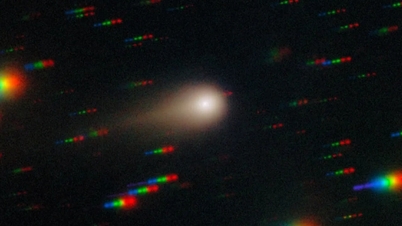


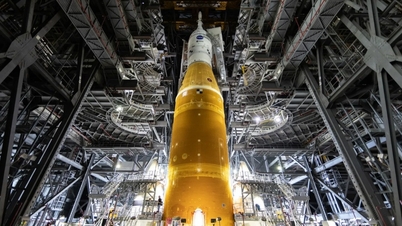
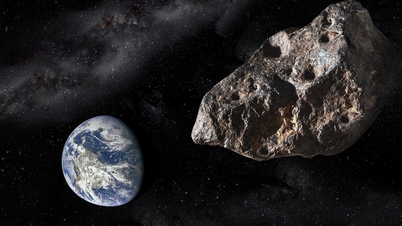


![[INFOGRAPHIC] iReader Smart X3 E-reader and "digital assistant"](https://vphoto.vietnam.vn/thumb/402x226/vietnam/resource/IMAGE/2025/10/5/00bbaa95954a4c7bbd03b86cb5acac07)














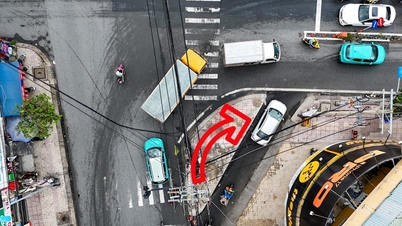


![[Photo] Bustling Mid-Autumn Festival at the Museum of Ethnology](https://vphoto.vietnam.vn/thumb/1200x675/vietnam/resource/IMAGE/2025/10/4/da8d5927734d4ca58e3eced14bc435a3)






















![[VIDEO] Summary of Petrovietnam's 50th Anniversary Ceremony](https://vphoto.vietnam.vn/thumb/402x226/vietnam/resource/IMAGE/2025/10/4/abe133bdb8114793a16d4fe3e5bd0f12)

![[VIDEO] GENERAL SECRETARY TO LAM AWARDS PETROVIETNAM 8 GOLDEN WORDS: "PIONEER - EXCELLENT - SUSTAINABLE - GLOBAL"](https://vphoto.vietnam.vn/thumb/402x226/vietnam/resource/IMAGE/2025/7/23/c2fdb48863e846cfa9fb8e6ea9cf44e7)

















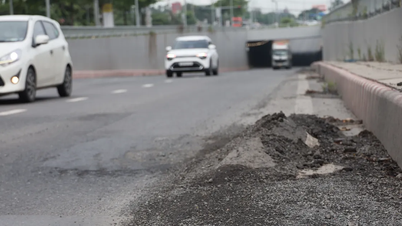
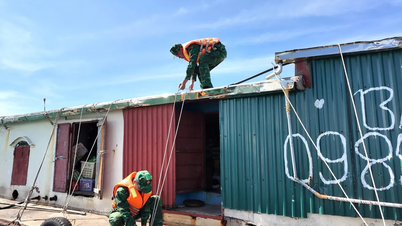
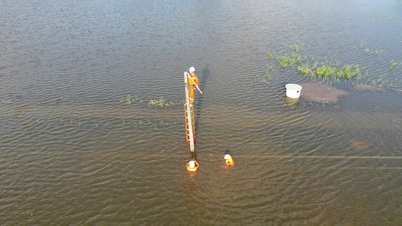
















Comment (0)